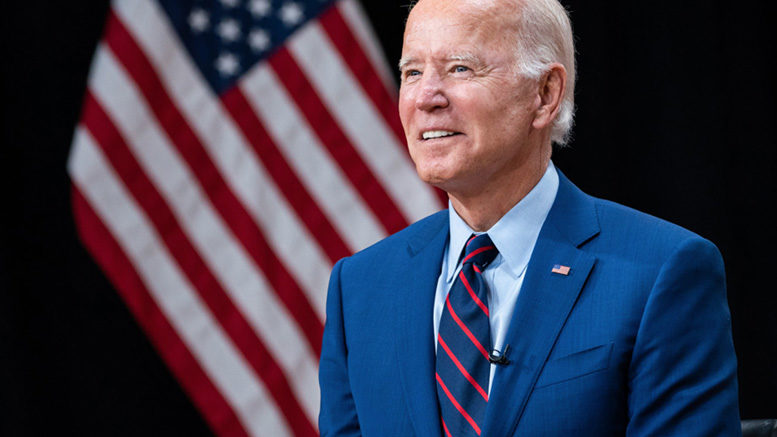The Biden administration’s announcement last week on federal loan cancellation and other aspects of the loan programs continues to reverberate across the country. As campuses try to understand the full implications of the administration’s actions and respond to various questions about the plan, it may be helpful to keep a few key points in mind:
Impact of loan cancellation on community college population
In the main, community college students do not borrow to pay for their educations — only about 15% take out federal loans, according to the Education Department’s (ED) most recent data. The average amount of debt for CC students who do borrow is less than $10,000. That said, those community college student borrowers often encounter difficulty making payments. The official community college cohort default rate is 11.5%, but the actual default rate is much higher. (The rate is calculated for no more than three years of repayment, and many defaults occur after that.)
For the 2021-22 academic year, the average annual community college tuition and fees was $3,800. This figure ties directly to the low incidence of borrowing mentioned above. In discussions about the ramifications of student debt, community college leaders may want to emphasize the longstanding community college student financing formula of low tuition and low debt. Some commentators have remarked that colleges and universities will increase their tuitions in response to the president’s action. This is completely off the mark for community colleges and likely other sectors of higher education as well.
Under the administration’s cancellation plan, Pell Grant recipients will receive $20,000 in debt cancellation. Roughly 60% of all borrowers are Pell recipients, so this policy will make a tremendous difference for community college student borrowers and borrowers across higher education sectors. Virtually all community college Pell recipients who took out federal loans and did not borrow further will see their student loan debts entirely eliminated. The Pell-linked forgiveness policy has been underemphasized compared to the $10,000 basic forgiveness, probably because the latter was prominently floated as a likely potential outcome of cancellation.
New repayment policies
Looking prospectively, the reduction of monthly repayment to a ceiling of 5% of income is a huge benefit to community college student borrowers. In the early iterations of income-based repayment, borrowers were generally required to allocate 15% of their incomes for loan payments; this percentage was later lowered to 10% for many borrowers, depending on the plan. The new 5% ceiling on loan repayments had not been prominently discussed before the announcement, but the change is a watershed for federal student loan borrowers and should facilitate repayment across the board.
The 10-year limitation on small-balance borrowing is also a boon to community college student borrowers. Under ED’s policy, no student borrowing $12,000 or less will be kept in repayment for longer than 10 years. It is AACC’s understanding that the maximum repayment period will be calibrated to the amount borrowed, so that, for example, a student taking out $6,000 might be in repayment only five years.
Cost
Taken together, these sweeping student loan changes are extremely costly. Estimates vary widely but the cost of the proposals altogether is reliably estimated to be more than $300 billion, perhaps considerably more. But even the $300 billion figure is roughly four times ED’s annual discretionary budget.
Implementation no walk in the park
Given the sheer scope of the program, we can expect the administration to encounter snags during implementation. Developing detailed administrative procedures, clear communications materials, and the staffing necessary to process the cancellation of loans for tens of millions of borrowers will undoubtedly be a considerable challenge for the administration, despite all the planning that has clearly been done in the months leading up to the president’s announcement.
In addition, Republicans have threatened to challenge Biden’s cancellation plan in the courts.
Campus officials may want to keep this in mind as they hear from eager students and former students about the possibility of cancellation.
AACC will continue to keep members informed as the implementation of the Biden plan is fleshed out. ED has indicated that cancellation applications will be available to borrowers in mid-October.






